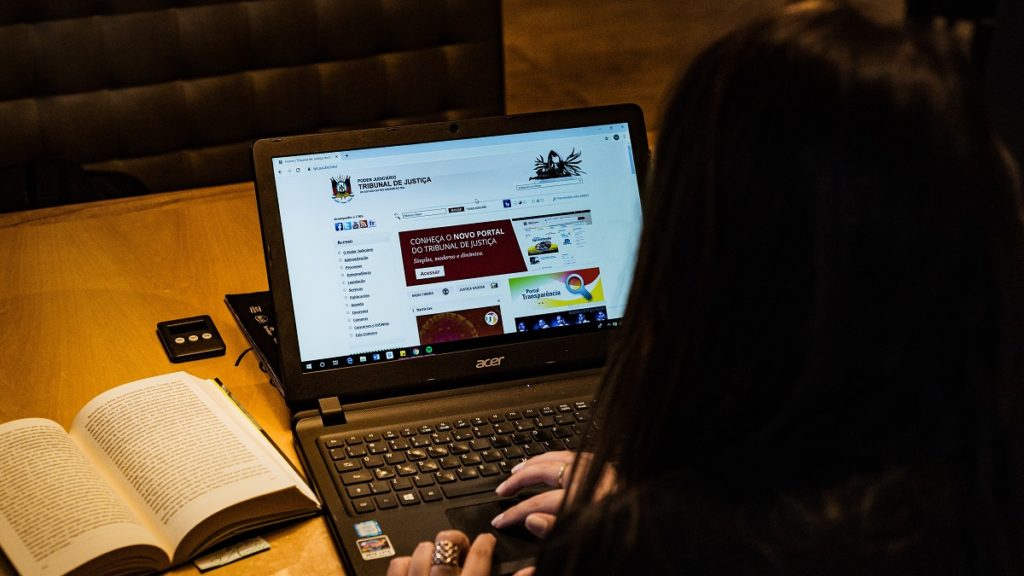Over the past few months, people across the world have experienced drastic, pandemic-enforced lifestyle changes. We have to observe social distancing. When we do go out, wearing face masks and constant hand-washing are the norm. Millions of people have lost their jobs or been placed on furlough until further notice. Some have managed to adapt by pivoting to a remote working arrangement.
For most people, the world at this moment is full of uncertainty. It makes them anxious, and the desire for a return to normalcy is strong. But just because people want something doesn’t mean that’s how things will unfold when the cloud of the coronavirus is lifted. How will customers behave, and how will their behavior shape a post-pandemic world? This is a pressing concern for every leader preparing their business to survive in the emerging normal.
A changing experience
In modern times, brands are fully aware of the need to provide a great customer experience. Sustainable companies signal their green practices with environment-friendly packaging. Paid apps and services use onboarding software to ease in and retain new customers. We see ads using imagery that connects with followers of specific lifestyle trends, such as health and wellness. Underlying all those efforts is a common theme: create the right experience for your target customer, and you’ll earn their loyalty.
But what sort of experience will customers seek out after pandemic-related restrictions are lifted? Some people will be understandably cautious about returning to their old lifestyles. The threat of diseases, old and new, will weigh heavily on our collective consciousness for some time. On the other hand, a lot of us have felt cooped up and stifled under protocols for social distancing. You can understand someone wanting to go out, shop, and dine and engage in other forms of recreation after spending months confined to their homes.
Will impulse or caution win out in terms of customer behavior? The answer might lie in more practical matters. You can’t ignore the impact the pandemic has had on our economy and society. Many people simply have less disposable income. Even those who emerge fairly unscathed will hesitate to resume old spending habits; social sensitivity matters. With nearly one in five people across the United States filing unemployment claims, most will not want to splurge openly.
The battle of empathy
From this perspective, it seems reasonable to expect a drop in customer spending and an overall shift towards online shopping. Among the implications of those changes, scarcity will stand out to business leaders. You’ll be competing with other companies for the attention and loyalty of an increasingly frugal audience. That places more power in the hands of the customer.
At the same time, the spread of information has been greatly facilitated by social distancing. Out of necessity, we are turning more and more to online communications channels to get work done, and as a substitute for face-to-face interactions. Online interactions don’t provide the same satisfaction in terms of well-being. But they do expose us to the rapid exchange of information from multiple sources.
Put together, those two factors imply that customers in the post-pandemic world will be highly aware – and highly thrifty. They will be facing many challenges across a broad spectrum. Brands can’t ignore this change in the reality of their audience. Do so, and the perception of your business will suffer. You may come across as self-interested, unfeeling, and only concerned with your bottom line.
Instead, demonstrate empathy for the plight of your customers. Even amid the present, unresolved situation, brands are already taking action along these lines. The battle of empathy will prove critical for business survival, regardless of how future details unfold.
Rethinking your approach

For people, developing empathy is a skill. It may be difficult, but practice makes perfect. On the other hand, you may be wondering how a business can become more empathetic in the post-pandemic world. During a crisis, people need supplies such as hand sanitizer, face masks, and other forms of PPE. Any organization seeking to respond will at least have a well-defined path of action.
But when the crisis is over, and people attempt to resume their normal lives, their needs and challenges will vary greatly. There is no single, correct course of action. If your business is serious about demonstrating empathy for its customers and matching that with actions, you need to get quality feedback from the source.
Rework your approach to customer service. Allocate more employees—and hours worked—towards the simple task of being constantly in touch with customers and finding out what their concerns are. Prioritize swift responses to address those needs. This shows that you truly value the relationship with your customers and are committed to thriving with them in the future.




